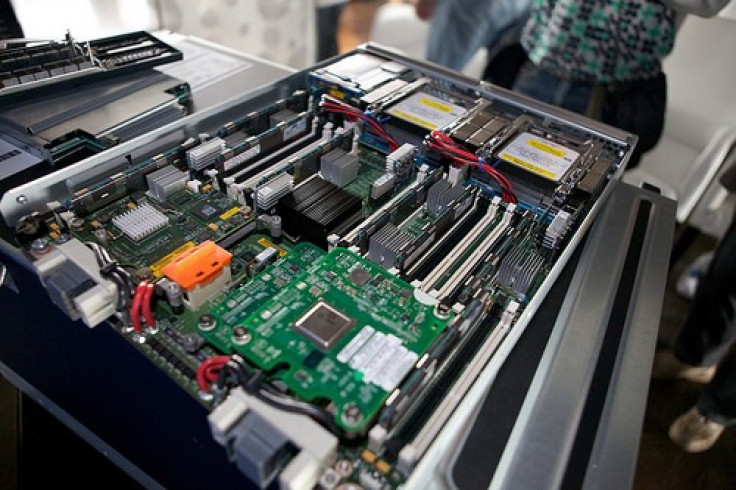Samsung Passed Apple As Top Chip Consumer In 2012 Due To Faster Growth

The world’s biggest semiconductor customer in 2012 was also the world’s No. 2 chipmaker, Samsung Electronics Corp. (KRX:005930), which bypassed Apple Inc. (NASDAQ:AAPL), the most valuable technology company, said market researcher Gartner Inc. (NYSE:IT).
The reason is that Samsung simply had far higher revenue gains, which gave the South Korean electronics giant 8 percent of the overall chip market of $297.6 billion, compared with 7.2 percent for Apple, of Cupertino, Calif., which had been the biggest 2011 customer.
Gartner estimated Samsung’s consumption rose nearly 29 percent last year, compared with only 13.6 percent for Apple. Together, the two rivals in smartphones and laptops accounted for about 15 percent of all chip demand last year, or about $45.3 billion, up almost $8 billion.
On the other hand, the 3.5 percent decline in global PC demand last year also affected the major vendors.
For example, Hewlett-Packard Co. (NYSE:HPQ), the No. 2 PC maker, ordered nearly 13 percent less than in 2011, only about $16 billion worth of chips, leaving it with a 4.7 percent share of chip sales. Dell Inc. (NASDAQ:DELL), the No. 3 PC maker, ordered 13.4 percent less, or about $8.6 billion, trimming its share to only 3.9 percent.
Meanwhile, China's Lenovo Group (PINK:LNVGY), the No. 1 PC maker, ordered about $8 billion worth of chips, for about 2.6 percent of global demand. Lenovo overtook HP for the lead in PCs last year.
“A dramatic change in consumer demand contributed to the reduction in the semiconductor market in 2012,” said Masatsune Yamaji, principal research analyst at Gartner. The shift from PCs to smartphones had a big effect because “the semiconductor content of a smartphone or media tablet is far less than that of a PC.”
Samsung, which dominates the smartphone sector with its Galaxy SIII line, followed by Apple, with the iPhone 5 and its predecessors, benefited from the shift. HP and Dell don’t have smartphones or tablets that shipped last year. HP started selling its Envy x2 tablet this month.
Meanwhile, Gartner said Nokia Oyj (NYSE:NOK), the once-dominant mobile phone maker, shaved its demand for mobile chips to only $5 billion from $8.6 billion in 2011, for a drop of 42.3 percent. Nokia, under new management, has forged a new relationship with Microsoft Corp. (NASDAQ:MSFT), the No. 1 software company, in an effort to regain share in smartphones, where its share is below 5 percent.
Gartner’s Yamaji suggested that in order to retain share, the chip sector will need to design more system-on-a-chip products so that customers can keep up with the innovations from the leaders.
The market researcher estimated the top 10 companies in the sector – also including Toshiba Corp. (TYO:6502), Sony Corp. (NYSE:SNE), private LG Electronics and Cisco Systems Inc. (NASDAQ:CSCO), the No. 1 provider of Internet products – accounted for $106.4 billion worth of semiconductors last year, or 36 percent of the total available market.
The Philadelphia Semiconductor Index, which includes the major U.S. chipmakers such as Intel, Texas Instruments Inc. (NASDAQ:TXN) and Advanced Micro Devices Inc. (NYSE:AMD), rose 1.70 to 411.30 in Wednesday trading. Flat over the past year, the index has gained more than 7 percent in January.
© Copyright IBTimes 2024. All rights reserved.












